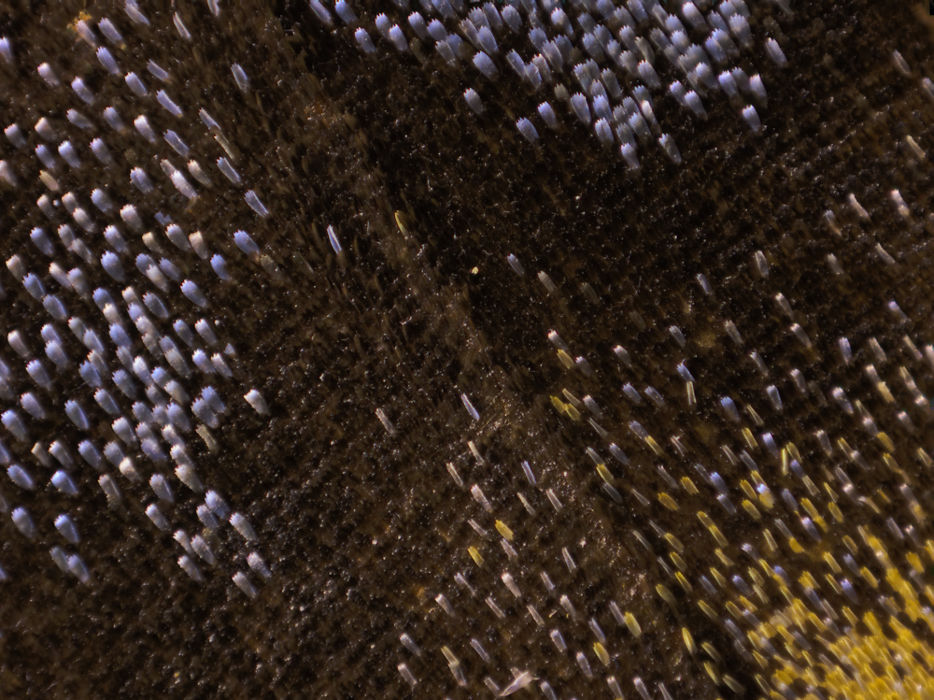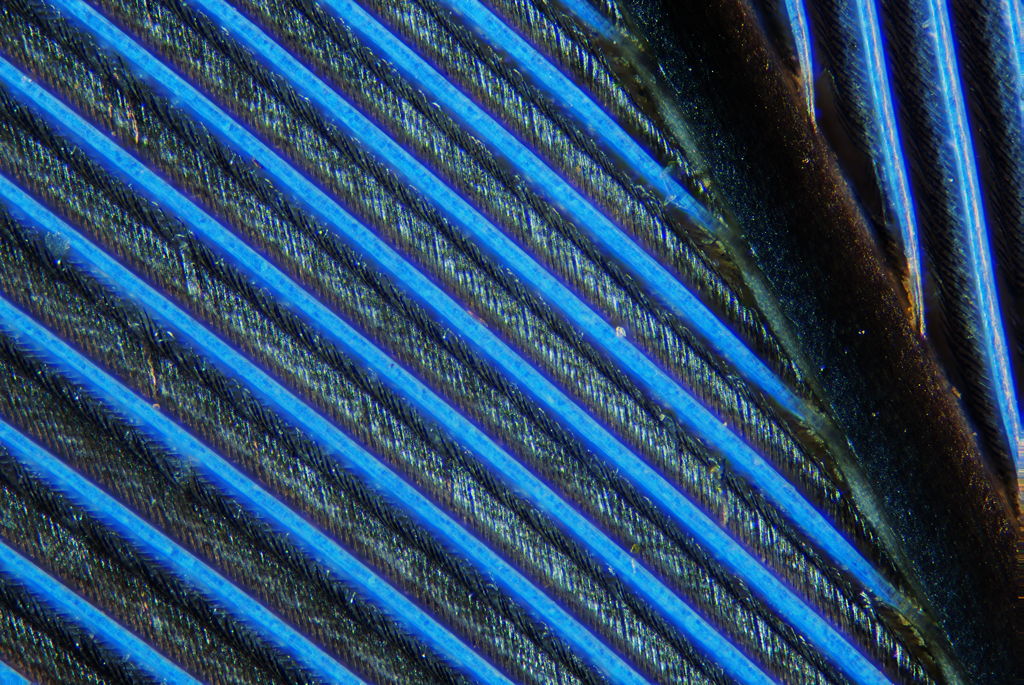A 50mm lens reversed onto a 200 gives you 4:1 magnification. Effective aperture depends on magnification; rule of thumb is to multiply the nominal aperture (setting of the aperture ring, in this case on the 50) by (m+1), in this case 5. So, if you have the 50 stopped down to f/22, you have an effective aperture of around f/110, and softening due to diffraction will be severe. You'd be as well off shooting at much lower magnification and cropping; as it is you are getting what is known as empty magnification -- larger image, but no extra detail.
Try some tests on a static subject, using different aperture settings. At 4:1 you'll probably find the best aperture range to be around f/5.6 or f/6.7. Yes, depth of field is miniscule. Hence the widespread use of focus-stacking software for extreme macro. You might still get acceptable results up to f/8 or so, but again, you are getting into empty magnification at this point.
It's hard to come up with a good test target for that much magnification, but lepidopteran wings are pretty good, in addition to being interesting macro subjects. Good because they are somewhat flat as well as having very fine structure.
[Edit]: Here's an example. Different setup, but similar subject size; this is a 1:1 shot on the Pentax Q, so it's similar to a 4:1 shot on APS-C. It's from a stack of 12 exposures. The nominal aperture is f/4. It's the wing of a tiger swallowtail.



 Similar Threads
Similar Threads 



















